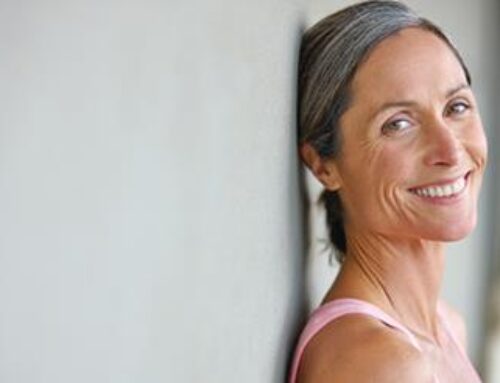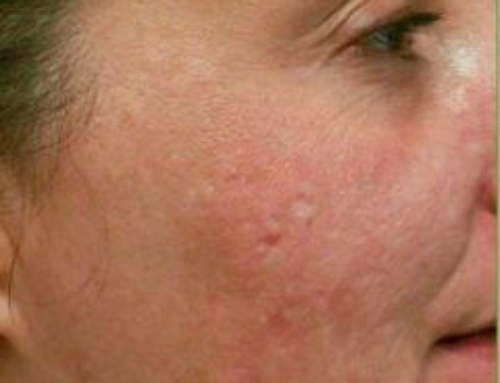This October, Emmanuela Wolloch, M.D. is proud to participate in National Breast Cancer Awareness Month. Breast cancer is one of the most common kinds of cancer in women after skin cancer. About 1 in 8 women born today in the United States will get breast cancer at some point.
This month we will be focusing on everything from how to check yourself for lumps or warning signs to the critical illness insurance definition and how it could help with paying medical bills if you’re diagnosed to how you can break any bad news you might have to your loved ones.
The good news is that most women can survive breast cancer if it is found and treated early.
If you are a woman age 40 to 49, talk with your doctor about when to start getting mammograms / thermography and how often to get them.
If you are a woman age 50 to 74, be sure to get a mammogram / thermography every 2 years. You and your Doctor may also choose to get them more often.
Talk to a doctor about your risk for breast cancer, especially if a close family member of yours had breast or ovarian cancer. Your doctor can help you decide when and how often to get mammograms / Thermography, and if genetic testing is right for you.
Self-examinations can also be useful on a monthly basis. If you think, you have something abnormal. Make sure to see your Physician right away.
How to do a breast self-exam: The five steps
Step 1: Begin by looking at your breasts in the mirror with your shoulders straight and your arms on your hips.
Here is what you should look for:
- Breasts that are their usual size, shape, and color
- Breasts that are evenly shaped without visible distortion or swelling
If you see any of the following changes, bring them to your doctor’s attention:
- Dimpling, puckering, or bulging of the skin
- A nipple that has changed position or an inverted nipple (pushed inward instead of sticking out)
- Redness, soreness, rash, or swelling
Step 2: Now, raise your arms and look for the same changes.
Step 3: While you are at the mirror, look for any signs of fluid coming out of one or both nipples (this could be a watery, milky, or yellow fluid or blood).
Step 4: Next, feel your breasts while lying down, using your right hand to feel your left breast and then your left hand to feel your right breast. Use a firm, smooth touch with the first few finger pads of your hand, keeping the fingers flat and together. Use a circular motion, about the size of a quarter.
Cover the entire breast from top to bottom, side to side – from your collarbone to the top of your abdomen, and from your armpit to your cleavage.
Follow a pattern to be sure that you cover the whole breast. You can begin at the nipple, moving in larger and larger circles until you reach the outer edge of the breast. You can also move your fingers up and down vertically, in rows, as if you were mowing a lawn. This up-and-down approach seems to work best for most women. Be sure to feel all the tissue from the front to the back of your breasts: for the skin and tissue just beneath, use light pressure; use medium pressure for tissue in the middle of your breasts; use firm pressure for the deep tissue in the back. When you have reached the deep tissue, you should be able to feel down to your ribcage.
Step 5: Finally, feel your breasts while you are standing or sitting. Many women find that the easiest way to feel their breasts is when their skin is wet and slippery, so they like to do this step in the shower. Cover your entire breast, using the same hand movements described in step 4.
If you are not sure what you are doing or feeling, make an appointment with your Doctor to go over the steps and your findings. Breast Cancer detection is of paramount importance in the life of every woman.





